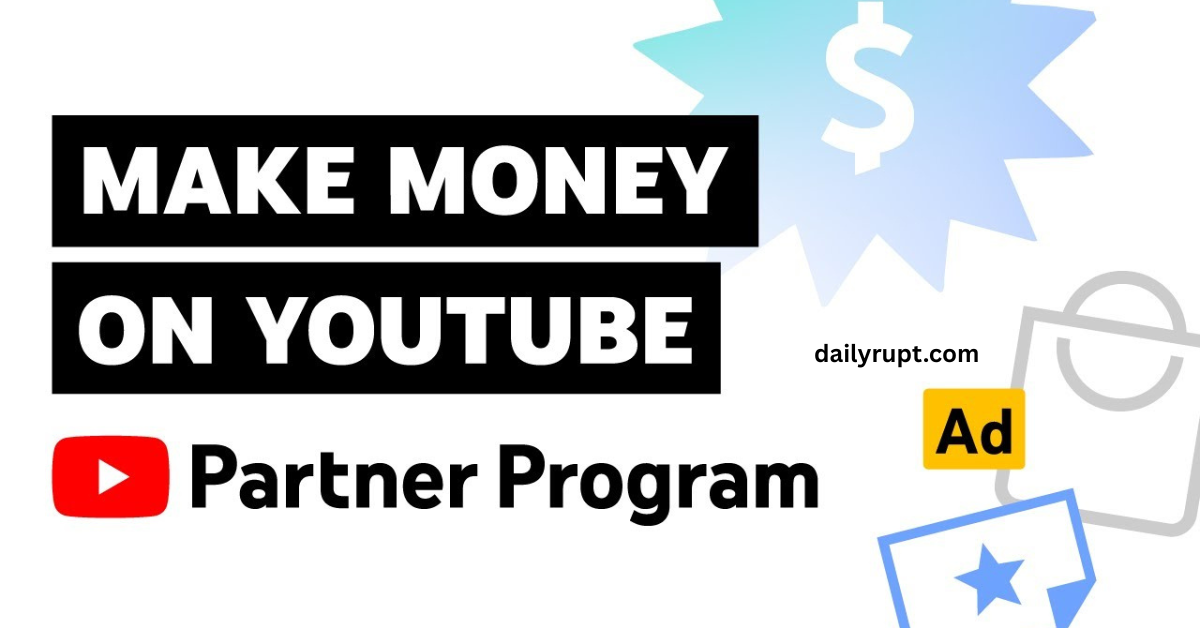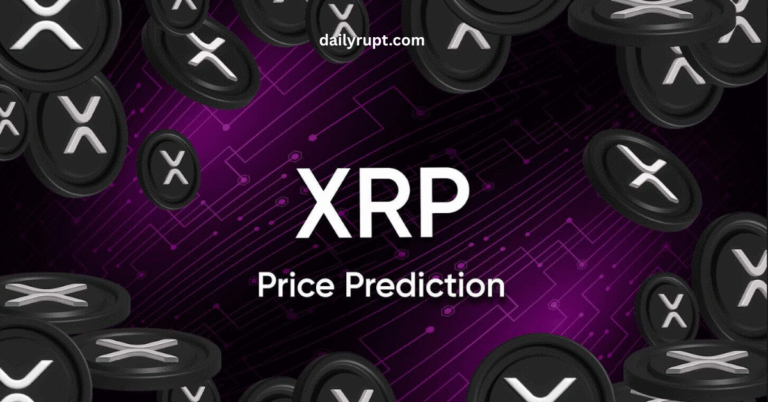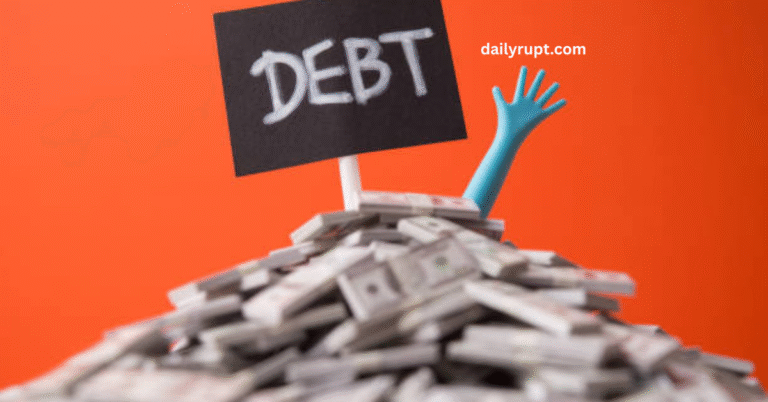YouTube is more than just a place to watch videos. For millions of creators around the world, it’s also a powerful platform to build a brand, grow an audience, and earn real income. If you’re wondering how to earn money through YouTube while staying compliant with Google AdSense and YouTube’s monetization policies, this guide is for you.
Let’s explore the right way to turn your YouTube channel into a revenue-generating business in 2025 — without violating platform guidelines or risking demonetization.
Understanding the YouTube Partner Program (YPP)
Before you can earn ad revenue through YouTube, you must be accepted into the YouTube Partner Program, which connects your channel to Google AdSense. Once approved, YouTube will place ads on your eligible videos, and you’ll earn a share of the revenue.
Eligibility Requirements (as of 2025):
To qualify for the YPP, your channel must meet the following criteria:
- 1,000 subscribers
- 4,000 public watch hours in the last 12 months, or 10 million valid public Shorts views in the last 90 days
- An AdSense account linked to your YouTube channel
- Two-step verification enabled
- No active Community Guidelines strikes
- You must live in a country where the YouTube Partner Program is available
When you apply, your content will be reviewed to ensure it complies with YouTube’s Monetization Policies, Community Guidelines, and AdSense Program Policies.
What Kind of Content Is Eligible for Monetization?
To maintain a monetized YouTube channel, your content must be:
- Original: Avoid reusing unedited content from other creators.
- Advertiser-friendly: No profanity, adult content, violence, or harmful acts.
- Compliant with copyright laws: Use only licensed music, clips, or visuals.
- Respectful: No hate speech, harassment, or misinformation.
Channels that consistently publish safe, informative, and high-quality content will be favored for monetization and visibility.
How YouTube Creators Make Money (Within Policy Guidelines)
Once your channel is approved for monetization, there are several policy-compliant ways to earn money from YouTube:
1. Ad Revenue
This is the most common income source. Ads play before, during, or after your videos. YouTube pays you based on CPM (cost per thousand views) and how long viewers watch your content. Advertisers tend to pay more for content in finance, tech, and education niches.
Note: To remain eligible for ad revenue, your videos must not contain prohibited content such as excessive profanity, shocking content, or misleading titles.
2. Channel Memberships
You can enable paid memberships for viewers once you hit 1,000 subscribers. Members pay a monthly fee for exclusive content like behind-the-scenes videos, member-only posts, badges, or early access.
All content offered through memberships must also follow YouTube’s advertiser-friendly content guidelines.
3. Super Chat and Super Thanks
During live streams and Premieres, viewers can donate using Super Chat or Super Thanks. This feature allows creators to earn tips in exchange for personalized shoutouts or highlighted comments.
This method is available only to monetized channels in good standing with YouTube policies.
4. YouTube Premium Revenue
When Premium subscribers watch your content, you earn a portion of their subscription fee. There’s nothing additional you need to do — just continue creating watchable, valuable content.
YouTube Premium earnings are based on how much time users spend watching your videos, so longer, engaging content tends to perform well.
5. Affiliate Marketing (with Disclosures)
Affiliate marketing involves promoting products and earning a commission when viewers buy using your links. This is allowed under YouTube’s policies as long as you disclose affiliate relationships clearly.
Best practices include:
- Mentioning the affiliate relationship verbally or in the description
- Linking to safe, reputable affiliate programs (like Amazon or known software tools)
- Avoiding misleading or exaggerated product claims
6. Brand Sponsorships
Working with brands is another major income stream. Always follow YouTube’s paid promotion disclosure requirements. You can add a “Paid Promotion” label to videos that include sponsored content.
Never accept sponsorships from companies promoting:
- Adult products or services
- Gambling
- Fake medical claims
- Get-rich-quick schemes
These violate both AdSense and YouTube’s monetization policies.
7. Selling Merchandise (Ad-Friendly Only)
With at least 10,000 subscribers, you can use YouTube’s merchandise shelf to sell physical products like T-shirts, mugs, or accessories.
Ensure that:
- Your merchandise complies with all local laws
- It doesn’t contain hate speech or offensive graphics
- You do not promote or link to adult content or weapons
8. Online Courses, eBooks, or Coaching (Disclosed and Safe)
You can also link to your own website to sell digital products, as long as it complies with Google’s Webmaster Guidelines and is safe for all audiences.
Avoid promoting:
- Unrealistic “make money fast” schemes
- Medical advice without certification
- Unverified supplements or miracle cures
When in doubt, focus on adding genuine value to your audience.
Tips to Grow Your Channel (and Income) Responsibly
YouTube rewards creators who build real, trustworthy communities. Here are some sustainable strategies to grow:
Stick to a niche: This helps the algorithm recommend your content to the right viewers.
Follow SEO best practices: Use relevant titles, tags, and descriptions. Include keywords like “how to earn money through YouTube” naturally in your content.
Create high-retention content: Keep viewers watching with compelling hooks and engaging delivery.
Be consistent: Upload regularly, ideally at least once a week.
Avoid clickbait: Misleading titles or thumbnails may get views short-term but often result in lower audience trust, and can lead to demonetization if flagged.
Respond to comments: Building a community improves engagement and visibility.
How Much Money Can You Earn — Realistically?
YouTube income depends on many factors, including your niche, audience location, engagement rate, and monetization methods. Here’s a ballpark range for channels following AdSense policies:
- Small channels (10,000 subscribers): $300 – $1,000 per month
- Medium-sized channels (100,000 subscribers): $2,000 – $10,000+ per month
- Large channels (500,000+ subscribers): $10,000 – $50,000+ per month
Creators who combine ad revenue with memberships, affiliates, and sponsorships typically earn the most, all within compliance.
Tools to Help You Grow (Policy-Safe)
To create better videos and manage your channel professionally, here are a few policy-compliant tools:
- TubeBuddy – For SEO and keyword optimization
- Canva – For thumbnail and banner design
- CapCut or Adobe Premiere Pro – For editing your videos
- Notion or Trello – For organizing your content calendar
These tools help you stay efficient, organized, and consistent — all of which are key to YouTube success.
Conclusion
Earning money on YouTube the right way in full compliance with AdSense and YouTube policies is absolutely achievable in 2025. It requires time, creativity, consistency, and respect for the platform’s rules.
Avoid shortcuts. Don’t engage in practices like buying subscribers, uploading reused content, or promoting prohibited products. Not only do these violate policies, but they also damage your reputation and risk channel termination.
Instead, focus on building a real audience, delivering valuable content, and using monetization tools responsibly. Whether you’re a student, professional, or hobbyist, YouTube gives you the tools to turn your voice into a brand and your videos into a business.
Start creating today, and build something that not only earns but lasts.
Read: How to save money













